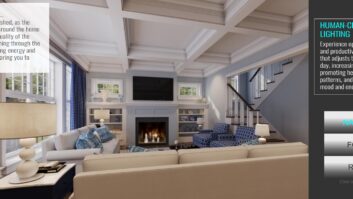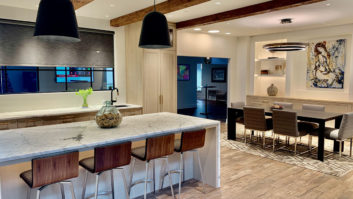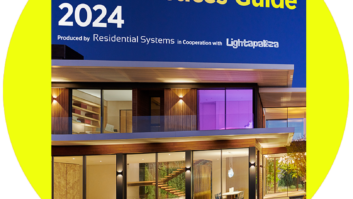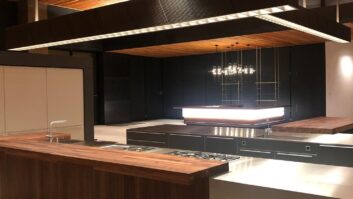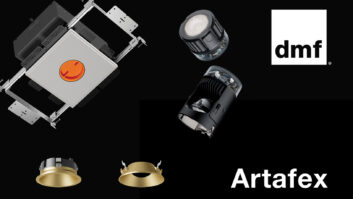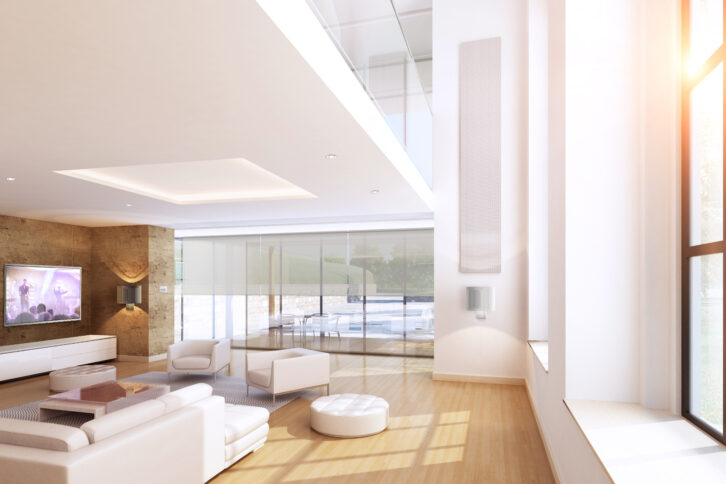
Not only does it promise to enhance the ability to work, play, rest, and sleep better, but an automated, human-centric lighting system offers a significant opportunity for lighting sales possibilities — if an integrator knows how to introduce it to customers.
Often, homeowners start the discussion with a vision for an entertainment system, says Joe Lusi, president/owner, JL Entertainment Designs, Inc., a URC dealer. “A family room or home theater triggers interest and provides a starting point for our discussion. Once we discuss options, the conversation moves to include other areas and functions. Lighting may be the third or fourth item we discuss. End-users are often unaware of the power of lighting in their daily lives.”
Once the conversation moves to lighting, he adds, it is fairly easy to spark thoughts of the wellness and beauty lighting can add to environments. “We use the consumer and commercial brochures to help the end-user imagine the spaces and experiences they can create. As the conversation continues, we describe the lighting differences in the context of our showroom home theater and family room spaces. With the touch of a button or voice command, our URC Total Control demo system integrated with Lutron components converts the home theater from a nighttime viewer event to daytime entertainment. The dramatic transition helps the end-user understand the impact of lighting in the area of the smart home where our discussion started.”
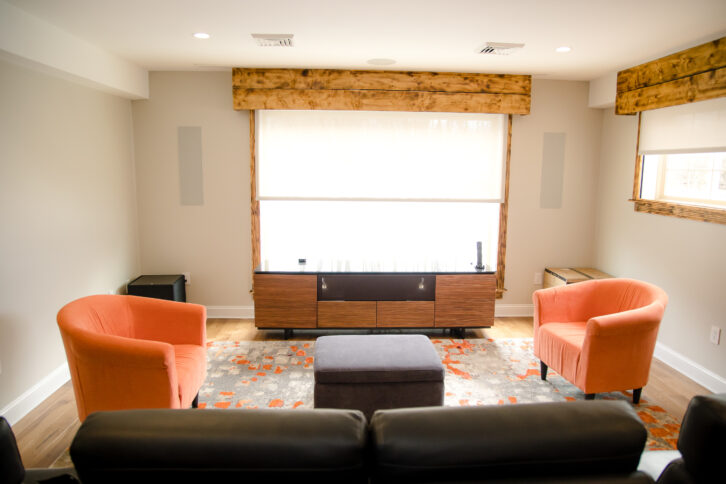
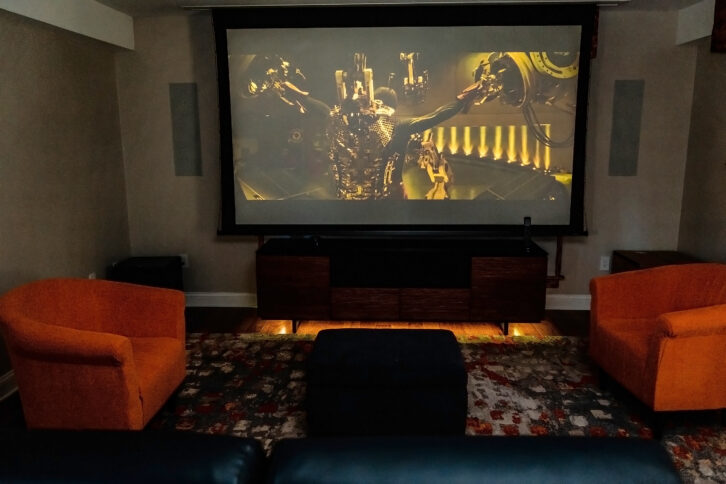
In addition to voice and touch commands, the demo continues with a description of the two areas that trigger lighting automation, Lusi says. “The first is weather data, which includes sunlight cycles. Sourced through integrations with prime weather experts, Total Control uses that data to time lighting accordingly. With simple programming, the end-user doesn’t need to adjust anything; the system does it for them. Sensors are the other area where automating lighting control is made easy. With brands like Shelly, we program triggers to activate lights when the homeowner enters a room. It’s a simple addition that saves time and money while freeing the homeowner to enjoy their home.”
Exterior lighting is another focus given the visual appeal lighting can deliver, he notes. “From a wellness perspective, lighting for early or late departures ensures safety and peace of mind. Convenience through thoughtful programming and design is how we deliver on these areas. Lutron is a major brand to help design these areas, which are all integrated into Total Control.”
Related: Why Aren’t You Selling Lighting Yet?
Shade and drape automation is added where possible. “Homeowners don’t initially think of this area, but it can be an important addition to lighting in terms of wellness and energy savings,” Lusi says. “Granted, it is farther down the list, but can be a key benefit for luxury spaces. Where we program shading, homeowners prefer closure at a certain time of day while keeping shades closed in the early morning. They can request programming of simple lighting to start the waking process and make steps to increase sunlight as the morning routine continues. And our showroom setup helps homeowners experience the automation of lighting and shading and how the two areas work together.”
At AHT Global, a Crestron dealer, the showroom offers a demo of human-centric lighting, notes Al Reinhard, AHT principal. “It’s been well worth the investment to be able to show clients and design/build partners the value this technology can bring. Human-centric and tunable lighting can be hard to grasp when just talking about it, but when you experience it there is no going back. Lighting has always been a big part of our business, and it’s rare that we have a project that does not include lighting control and shading control. However, it’s been exciting to see the evolution of this category; as clients prioritize wellness, more and more of them come in with a baseline understanding of the role lighting plays in the home.
“As any dealer can tell you,” he continues, “lighting takes planning. That planning process can take a number of forms; sometimes it means working with a client’s lighting designer or overall designer, and other times our team does the lighting design. In new builds, it’s become a de facto part of the project, as even developers that didn’t want to include lighting control because of the expense now realize that it’s a necessity to compete in the marketplace. When it comes to remodeling, we find human-centric lighting to be contained to the main living areas and the primary bedrooms.”
AHT uses a variety of Crestron products to execute human-centric lighting projects, but a key differentiator for its clients is the user interface of Crestron Home, Reinhard says. “Where at one time customized lighting scenes would mean a lot of backend programming, Crestron Home puts a lot of control and flexibility in the hands of our clients. Through Crestron Home, they can adjust and tweak their lighting to suit their needs in real-time and not have to wait to get on our schedule. Another key product in the Crestron arsenal is Crestron SolarSync, which is a small sensor that is placed outside and, when connected with Crestron Home, it can match interior light temperatures with the natural light outdoors.”
Lighting Redux
“Lighting can be an easy addition to a remodel or home upgrade,” Lusi notes. “With existing electrical, we use simple hardware, like Lutron, and integrate with Total Control. Also, we can integrate existing systems through unified lighting and shading modules in Total Control. This makes the upgrade even easier. It’s easy to upgrade lighting by swapping dimmers or switches to make them smart. If needed, we can split loads with two or three loads.
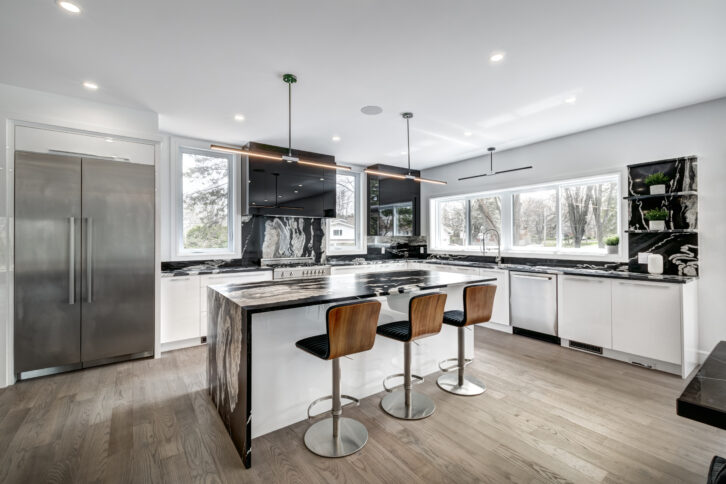
“Another consideration is design,” he says. “We’ve learned that homeowners like a clean look, so we hide dimmers and switches in locations where they are convenient but not cluttering the room. No matter the size of the room, we like to install lighting control at each entry and, ideally, automate it with sensors to trigger upon entry. And this extends to outdoor spaces with lighting for entertainment and security based on area usage and daypart.”
Currently, JL uses URC to help integrate lighting systems. “We use Colorbeam low-volt DC lighting throughout the entire house for easy programming, aesthetics, and energy savings,” Lusi notes. “Typically, we focus on 90 percent of the home, with the exclusion of closets and ancillary rooms. Automation is often focused on the main areas of the house. URC is close to launching a combination dimmer and switch to make installation of lighting even easier. Due in May, this new hardware will allow us to select either functional use, dimmer, or switch, and program it for the space. This reduces the need to have specific hardware and will allow simple neutral and non-neutral installations. It is easily scalable and built on Z-Wave’s S2 security encrypted platform.”
Creating Quiet Ceilings
DMF Lighting is known for its modular approach to maximizing customization, and the new iX Series fixtures are designed to elevate the entire home with modern, quiet ceilings, says Mike Libman, national sales director, residential systems. “As part of its longstanding commitment to the channel, the DMF Small Aperture lights allow custom integrators to go smaller without compromises in performance, installation, and serviceability. And with the recent addition of small aperture square trims, custom integrators have even more options to choose from.”
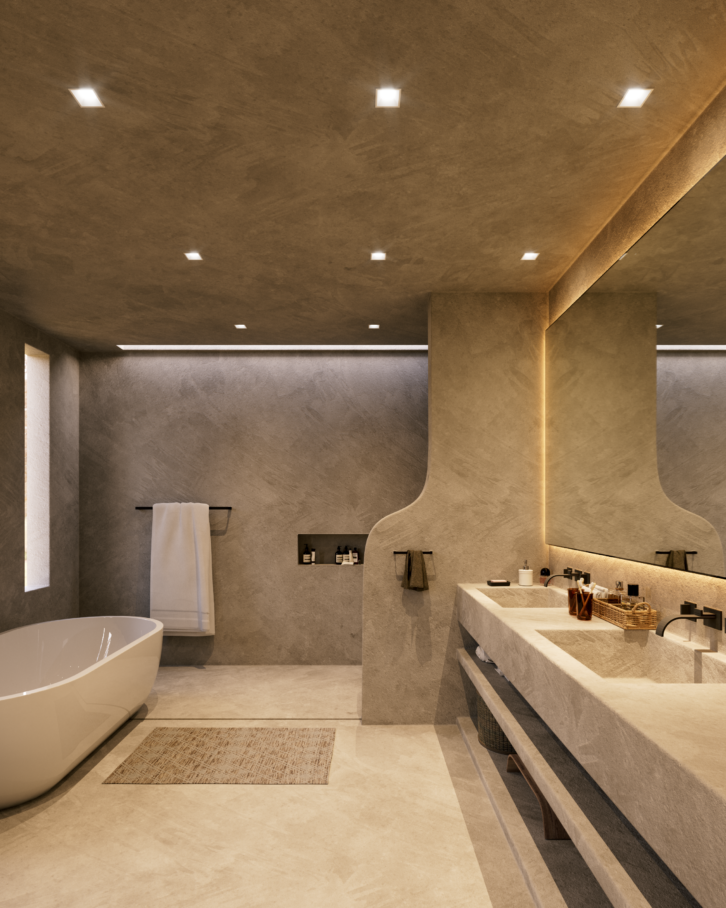
Homeowners and designers want a quiet ceiling, but current 2-inch fixtures are typically limited to specialty applications, he notes. “The iX Series Small Aperture solution removes the traditional constraints of 2-inch fixtures, allowing integrators to distinguish themselves from contractors by offering a higher-quality, premium aesthetic. The new series combines the performance of larger fixtures with the design of small aperture fixtures. They deliver up to 1250 lm with 93+ CRI and are completely interchangeable — swap lumens, color temperature, or optics, all from below the ceiling. The new square housing not only accommodates a fixed or adjustable module but also features a remarkably small footprint without sacrificing strong light output.”
The unique pull-down maintenance latch simplifies serviceability since the splice and driver are both easily accessible below the ceiling, Libman says. “For closed-ceiling applications, the Remodel version is available. This solution that DMF has developed is a revolutionary product that offers the performance of larger fixtures and error-free installation utilizing a patented Precision Lock Collar that eliminates over-cutting and ensures a perfectly cut, sharp flange, and installations at a uniform depth. The fixture also offers painless serviceability, as the custom-designed driver for this fixture is easily accessible below the ceiling.”
The result, he says, is a quiet ceiling and a modular system that is as easy as plug, snap, and fit. “Altogether, this provides the ultimate in flexibility, eliminates mistakes, and allows for effortless changes throughout the job. The Quiet Revolution has arrived.”
